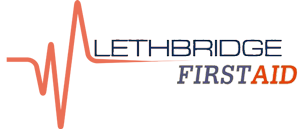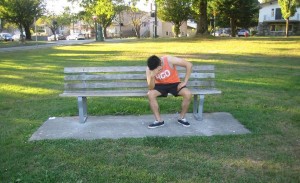Stridor is a loud, abnormal, high-pitched wheezing sound caused by a disruption in the larynx (voice box) or trachea (windpipe). It mainly occurs in children during inspiration (inhalation) but may also be heard during expiration (exhalation). It is more common in children due to their narrower, softer airways as compared to adults. Stridor may either be present at birth (congenital), from an infection or due to trauma.
Stridor in itself is not a diagnosis or disease but a sign of a blockage in the airway. Immediate treatment of the cause is necessary to avoid complete obstruction of airway. Complete blockage of airway may result to inability to breathe. Stridor is also called “abnormal breathing sounds,” “musical breathing,” or “extrathoracic airway obstruction.”
Types of Stridor
The timing and the sound heard during the child’s respiration can help determine the underlying cause or airway problem:
- Inspiratory stridor
- Occurs during inhalation
- Indicative of a collapse in the tissue above the vocal cords
- Expiratory stridor
- Occurs during exhalation
- Indicative of a problem below the trachea (located under the larynx)
- Biphasic stridor
- Occurs during both inhalation and expiration
Causes of Stridor
The blockage in the airway may be caused by the swelling of the tissues in the throat,upper airway muscle or vocal cord spasm, or blockage of an object. The following are the more specific causes of stridor:
- Congenital causes:
- Laryngomalacia (most common cause in infants)
- Subglottic stenosis
- Subglottic hemangomia
- Vascular rings
- Infectious causes
- Croup
- Epiglottis
- Bronchitis
- Severe tonsillitis
- Tracheitis
- Abscess in the back of the throat
- Traumatic causes:
- Presence of foreign bodies in the ear, nose or anywhere along the airway tract
- Fractures in the neck
- Neck surgery
- Ingestion or inhalation of a harmful substance that may lead to airway damage
- Smoke inhalation
- Airway injury
- Allergic reaction and anaphylaxis
Treatment for Stridor
It is always necessary to seek medical attention when stridor is first detected to give treatment to the underlying cause. The following are some of the possible treatments in cases of stridor:
- Observation for minor obstructions
- Medications to ease airway swelling
- Surgery to remove or repair airway obstruction
Disclaimer: This article does not provide medical advice or treatment. The information given should not be used for self-diagnosis of possible conditions. Seek medical attention when necessary. Understanding symptoms that are commonly present in medical situations may help when taking first aid training. To learn more about to how to ease symptoms, such as wheezing, enrol in First Aid Courses with Red Cross Training.
Source:
Stridor. (2012). National Institutes of Health. Retrieved September 27, 2013, from http://www.nlm.nih.gov/medlineplus/ency/article/003074.htm
Stridor. (ND). Lucile Packard Children’s Hospital at Stanford. Retrieved September 27, 2013, from http://www.lpch.org/DiseaseHealthInfo/HealthLibrary/respire/stridor.html
Stridor (Noisy Breathing). (ND). The Children’s Hospital of Philadelphia. Retrieved September 27, 2013, from http://www.chop.edu/service/airway-disorders/conditions-we-treat/stridor-noisy-breathing.html

